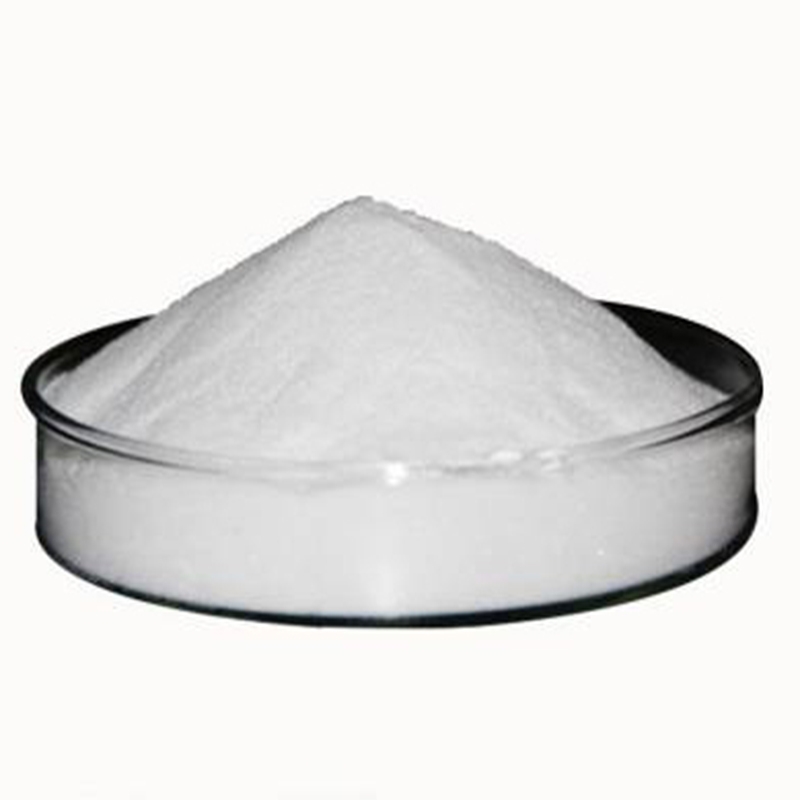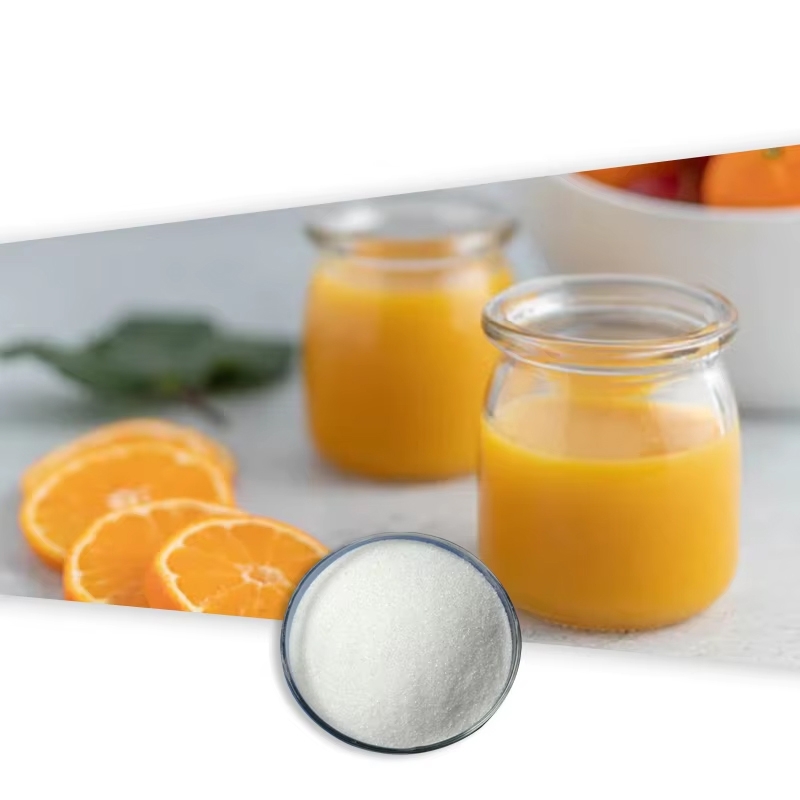-
Categories
-
Pharmaceutical Intermediates
-
Active Pharmaceutical Ingredients
-
Food Additives
- Industrial Coatings
- Agrochemicals
- Dyes and Pigments
- Surfactant
- Flavors and Fragrances
- Chemical Reagents
- Catalyst and Auxiliary
- Natural Products
- Inorganic Chemistry
-
Organic Chemistry
-
Biochemical Engineering
- Analytical Chemistry
-
Cosmetic Ingredient
- Water Treatment Chemical
-
Pharmaceutical Intermediates
Promotion
ECHEMI Mall
Wholesale
Weekly Price
Exhibition
News
-
Trade Service
42 million tons, a slight increase of 0.
1% year-on-year
.
The fishing volume in the Far East was 2.
45 million tons, a year-on-year decrease of 0.
6%
.
Among them, the catch of pollock was 1.
3 million tons, a year-on-year decrease of 186720 tons; the catch of cod was 125,000 tons, a year-on-year decrease of 3,600 tons; the catch of herring was 226,210 tons, an increase of 73270 tons; the catch of Pacific salmon was 474,300 tons, a year-on-year increase Increased by more than 2 times
.
45 million tons, a year-on-year decrease of 0.
6%
.
Among them, the catch of pollock was 1.
3 million tons, a year-on-year decrease of 186720 tons; the catch of cod was 125,000 tons, a year-on-year decrease of 3,600 tons; the catch of herring was 226,210 tons, an increase of 73270 tons; the catch of Pacific salmon was 474,300 tons, a year-on-year increase Increased by more than 2 times
.
The catch in the northern basin was 374,200 tons, an increase of 7% year-on-year
.
Among them, the catch of cod was 267,520 tons, a year-on-year increase of 35,700 tons; the catch of haddock was 54,670 tons, a year-on-year decrease of 1,510 tons
.
.
Among them, the catch of cod was 267,520 tons, a year-on-year increase of 35,700 tons; the catch of haddock was 54,670 tons, a year-on-year decrease of 1,510 tons
.
The catch in the western region was 57,000 tons, a year-on-year decrease of 6.
5%
.
Among them, herring fish fish catch 34,520 tons, reducing 3000 tons year on year; Baltic herring catch 17,300 tons, an increase of 500 tons year on year
.
5%
.
Among them, herring fish fish catch 34,520 tons, reducing 3000 tons year on year; Baltic herring catch 17,300 tons, an increase of 500 tons year on year
.
The catch in the Azov-Black Sea fishery basin was 43,750 tons, a year-on-year decrease of 2%
.
Among them, the catch of anchovy was 13,540 tons, a year-on-year decrease of 5,900 tons; the catch of Tulka was 2,340 tons, a year-on-year increase of 230 tons
.
.
Among them, the catch of anchovy was 13,540 tons, a year-on-year decrease of 5,900 tons; the catch of Tulka was 2,340 tons, a year-on-year increase of 230 tons
.
The catch in the Volga-Caspian Sea Fishery Basin was 57,520 tons, a year-on-year increase of 37.
5%
.
Among them, the catch of herring and small fish was 20,120 tons, a year-on-year increase of 15,000 tons
.
5%
.
Among them, the catch of herring and small fish was 20,120 tons, a year-on-year increase of 15,000 tons
.
In international waters, Russian fishing boats caught 203,800 tons, a year-on-year decrease of 15%; in conventional areas and international open ocean areas, Russia’s catches were 206,700 tons, an increase of 8.
8% year-on-year
.
8% year-on-year
.







